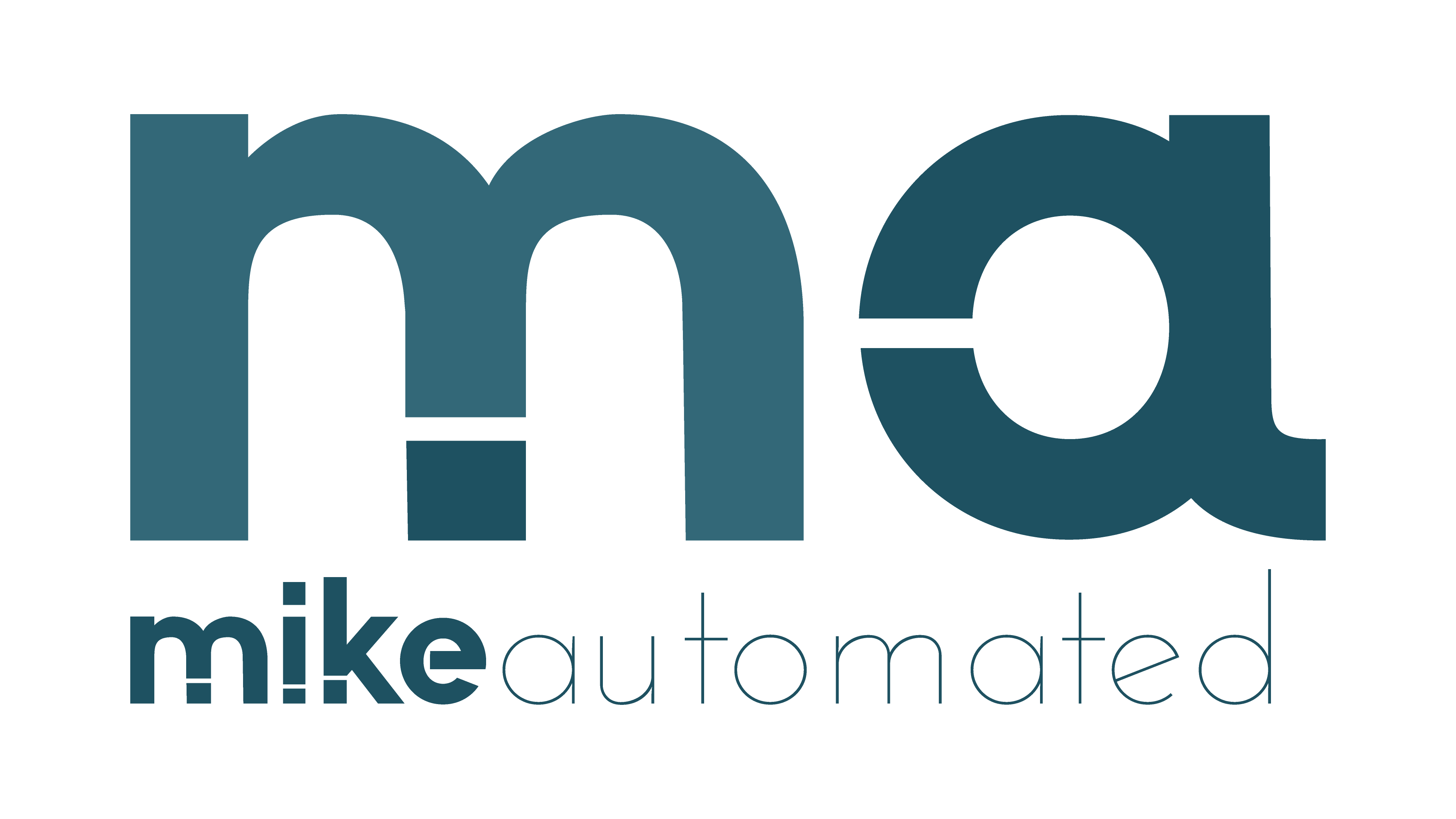TL;DR:
- The field of artificial intelligence (AI) continues to evolve, with major advances in natural language processing, computer vision, and machine learning.
- Key trends in 2021 included the growing adoption of AI in healthcare, finance, and supply chain management.
- Ethical AI practices and transparency are playing a larger role as researchers address biases in AI systems.
- Quantum computing and edge AI are emerging as transformative technologies with significant potential for reshaping the industry.
- Businesses are investing in AI tools for real-time decision-making, enhanced automation, and customer experience optimization.
Introduction: Why AI Trends in 2021 Matter
The year 2021 marked an exciting era for artificial intelligence, with significant innovations shaping industries and redefining how humans interact with technology. From smarter conversational agents to advancements in autonomous machines, AI continued to address real-world problems, driving efficiency and unlocking new opportunities for businesses and individuals alike. In this article, we’ll explore the most notable trends in AI during 2021 and their impact on the future.1. Increased Adoption of AI in Healthcare
Healthcare has been one of the fastest-growing sectors for AI adoption. In 2021, the technology was instrumental in accelerating drug discovery, improving diagnostic accuracy, and personalizing patient care. With the increased availability of patient data, AI-powered tools offered better solutions to previously unsolvable problems.Key Examples
- AI for Remote Diagnostics: Tools like AI-driven imaging devices expedited early cancer detection and remote monitoring for chronic diseases.
- Drug Development: Machine learning algorithms analyzed billions of data points to identify potential drug candidates faster and more affordably.
2. Natural Language Processing (NLP) Revolution
Natural Language Processing (NLP) made significant leaps in 2021, driven by innovations like OpenAI’s GPT-3 and similar models. These language models demonstrated immense potential for automating customer service, content creation, and real-time translation.Emerging Applications
- Chatbots: Virtual assistants became more conversational and context-aware, improving user experience across platforms.
- Content Generation: AI tools empowered creators to write articles, marketing copy, and scripts with minimal input.
3. The Shift Towards Ethical and Transparent AI
As AI systems grew more powerful, so did concerns about their ethical implications. In 2021, researchers and organizations began prioritizing ethical AI practices. This trend aimed to ensure fairness, accountability, and transparency in how AI systems handle data and make decisions.Steps Toward Responsible AI
- Bias Mitigation: Developers implemented algorithms to reduce biases related to race, gender, and socioeconomic status in predictive models.
- Explainability: Tools enabled users to better understand how AI systems arrived at specific conclusions, making the technology more transparent.
4. Growth in Edge AI and Real-Time Processing
In 2021, businesses looked to Edge AI for processing data closer to where it is collected, reducing latency and improving decision-making. This shift was especially beneficial in IoT devices, smart cities, and autonomous vehicles.Notable Use Cases
- IoT Integration: AI at the edge enabled real-time analytics for smart home devices and industrial monitoring systems.
- Autonomous Machines: Self-driving cars leveraged Edge AI to process sensor data for immediate navigation adjustments.
5. Quantum Computing and Its Role in AI
Quantum computing began to make waves in the AI field in 2021. While still in its infancy, quantum computing showed promise for solving complex problems that are beyond the capability of classical computers.Research Breakthroughs
- Optimization Problems: Quantum algorithms offered solutions for combinatorial problems like logistics planning and portfolio optimization.
- Natural Language Processing: Quantum-enhanced models demonstrated potential for improving AI’s accuracy in text and speech interpretation.
6. AI for Enhanced Automation and Productivity
Organizations increasingly turned to AI to streamline operations and make data-driven decisions. By automating repetitive tasks, AI helped businesses save time and focus on high-priority activities.Popular Applications
- Robotic Process Automation (RPA): AI-powered bots handled invoice processing, customer onboarding, and other tasks.
- Predictive Analytics: Companies used AI models to forecast trends, enabling smarter inventory and marketing strategies.
7. AI in Customer Experience
Customer experience remained a focal point for AI innovation. Companies used AI solutions to enhance personalization and build stronger connections with their audience.Key Features
- Recommendation Systems: Retailers and streaming services deployed AI to deliver tailored content and product suggestions.
- Emotion AI: Sentiment analysis tools helped brands gauge customer feedback and improve satisfaction rates.



